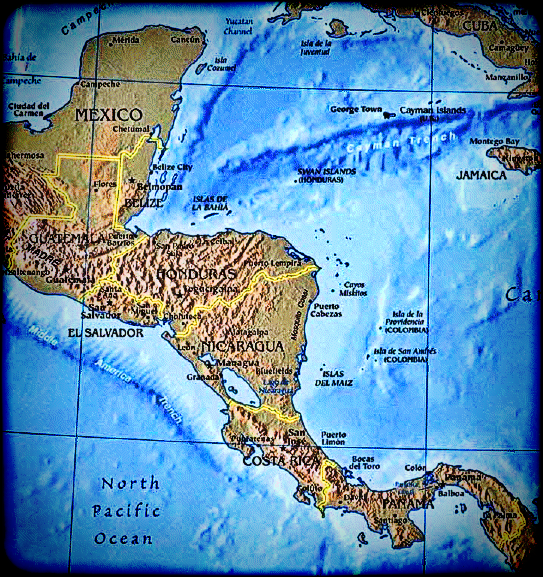Download a PDF of this Fact Sheet

Since the recent surge in Central American immigrants crossing the southern border illegally, many have had questions about the Central American community in the United States. News accounts indicate that, in recent months, some 290,000 illegal immigrants (primarily from Guatemala, Honduras, and El Salvador) have been settled, or will soon be settled, by the federal government.1 Listed below are some basic socio-demographic statistics for immigrants in the United States from these countries.
The figures below are for both legal and illegal immigrants from the public-use files of the 2012 American Community Survey, collected by the Census Bureau:
- Population Totals: In 2012 there were 2.7 million immigrants from El Salvador (1.3 million), Guatemala (880,000), and Honduras (536,000) in the United States. Combined, the immigrant population from these three countries has grown 234 percent since 1990.
- The Top-10 States of Settlement: California, Texas, New York, Florida, Maryland, Virginia, New Jersey, Massachusetts, North Carolina, and Georgia.
- Illegal Immigrants: Department of Homeland Security estimates indicate that about 60 percent of immigrants from these three countries (1.6 million) are in the United States illegally.2
- Language: Of immigrants from El Salvador, 70 percent report they speak English less than very well; for immigrants from Guatemala, it is 72 percent; and for immigrants from Honduras, it is 69 percent.
- Home-ownership: Of households headed by Salvadoran immigrants, 41 percent are owner-occupied, as are 28 percent of Guatemalan households, and 29 percent of Honduran immigrant households. The corresponding figure for natives is 66 percent.
The figures below are for both legal and illegal immigrants from the public-use files of the March 2013 Current Population Survey, collected by the Census Bureau:
- Educational Attainment: 54 percent of Guatemalan immigrants (ages 25 to 65) have not graduated high school. The figure for Salvadorans is 53 percent, and for Hondurans, 44 percent. The corresponding figure for native-born Americans is 7 percent.
- Welfare Use: 57 percent of households headed by immigrants from El Salvador use at least one major welfare program, as do 54 percent of Honduran households, and 49 percent of Guatemalan immigrant households. Among native households it is 24 percent.3
- Poverty: 65 percent of Honduran immigrants and their young children (under 18) live in or near poverty (under 200 percent of the poverty threshold). For Guatemalan and Salvadoran immigrants and their children, it is 61 percent. The corresponding figure for natives and their children is 31 percent.4
- Health Insurance: 47 percent of Guatemalan immigrants and their young children (under 18) do not have health insurance. The figure for both Salvadoran and Honduran immigrants and their young children is 41 percent. The corresponding figure for natives and their children is 13 percent.5
- Share Working: 77 percent of immigrants from El Salvador (ages 25 to 54) have a job, as do 74 percent of Guatemalan immigrants and 73 percent of Honduran immigrants. The corresponding figure for natives is 76 percent.
End Notes
1 The New York Times reported on July 3, 2014, that 290,000 illegal immigrants have already been or soon will be released into the United States.
2 The Department of Homeland Security estimates 1.61 million illegal immigrants are in the United States from these three countries. Its estimates are based on administrative data and the American Community Survey (ACS). They slightly adjust upward the number of illegal immigrants in the ACS for undercount.
3 Welfare programs include TANF, SSI, WIC, food stamps (SNAP), free/reduced lunch, public/subsidized housing, and Medicaid.
4 Poverty figures include the U.S.-born children (under 18) of immigrant fathers from these three sending countries. They are based on the official thresholds set by the federal government for 2012. The March 2013 Current Population Survey asks about income in the prior calendar year. The U.S.-born children of immigrant fathers are excluded from the figures for natives.
5 Figures include the U.S.-born children (under 18) of immigrant fathers from these three sending countries. The March 2013 Current Population Survey asks about health insurance coverage in the prior calendar year. Persons on Medicaid are considered to have health insurance and are not included in the figures for the uninsured. The U.S.-born children of immigrant fathers are excluded from the figures for natives.
